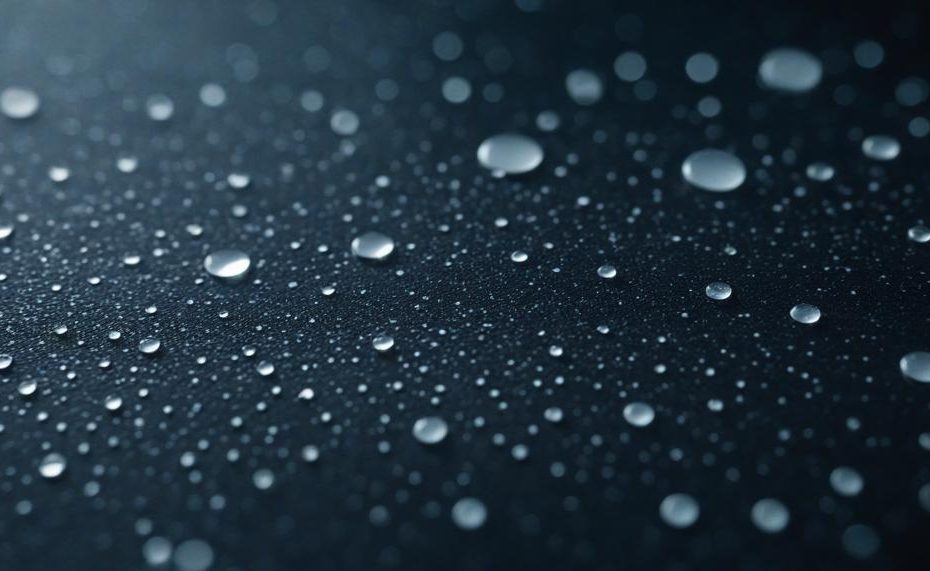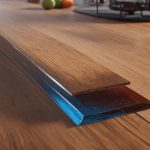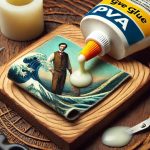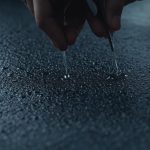Yes, Glue Dots Can Be Removed. Removing glue dots can often feel like a battle against stubborn stickiness. But the good news is, yes, glue dots can be removed. The trick lies in using the right methods and tools to avoid damage to your surfaces and ensure a clean finish.
Glue dots, while incredibly handy for a variety of applications, can leave behind an unsightly residue if not handled properly. This guide will help you tackle those pesky glue dots with confidence and ease.
Key Takeaways:
- Prevent Damage: Learn the techniques to remove glue dots without harming delicate surfaces like painted walls or glass.
- Right Tools: Discover the essential tools needed for effective removal, including adhesive removers, heat guns, rubbing alcohol, and plastic scrapers.
- Step-by-Step Instructions: Follow a systematic approach to ensure a smooth and successful glue dot removal process.
- Surface Specific Tips: Understand the best practices for different surfaces, ensuring tailored care whether it’s wood, skin, or anything in between.
- Avoid Residue: Get tips on preventing and dealing with adhesive residue to keep your surfaces clean and dirt-free.
By following these practical tips and methods, you’ll not only save time but also keep your surfaces pristine and free from the sticky aftermath of glue dots. Whether you’re working on a craft project, redecorating, or just cleaning up, this guide is your go-to resource for hassle-free glue dot removal. So, let’s dive in and make sure those glue dots don’t stand a chance.
Table of Contents
Why Removing Glue Dots is Important
Properly removing glue dots from surfaces is essential to avoid damage and maintain the cleanliness and integrity of the surface. Here are the key reasons:
| Reason | Explanation |
| Prevents Surface Damage | Leaving glue dots can harm surfaces, especially delicate ones like painted walls or glass, leading to peeling or scratching. |
| Avoids Unsightly Residue | Residual adhesive can attract dirt and debris, creating a messy appearance and making the surface harder to clean. |
| Maintains Surface Quality | Proper removal techniques ensure the surface remains in good condition, preserving its aesthetic and functional qualities. |
| Prevents Further Damage | Improper removal can worsen the situation, causing further damage or making future cleaning more challenging. |
| Ensures Clean Surface for Reuse | Removing all adhesive residue is vital for any surface intended for reuse, ensuring no leftover stickiness interferes with new applications. |
| Protects Delicate Surfaces | Special care in removing glue dots from sensitive surfaces like wood or skin can prevent permanent damage. |
To remove glue dots effectively:
- Use the right tools such as adhesive remover, heat gun/hair dryer, plastic scraper, and rubbing alcohol.
- Be gentle and patient, especially with tough glue dots.
- Clean the surface thoroughly after removal to prevent any future issues.
Tools You’ll Need
Removing glue dots effectively requires a few specific tools tailored to various surfaces. Here’s a comprehensive guide to the essential tools you’ll need:
| Tool | Usage | Details |
| Adhesive Remover | All surfaces | Commercial adhesive removers, such as Goo Gone or WD-40 Specialist Degreaser, break down glue residue without damaging surfaces. |
| Heat Gun or Hair Dryer | Walls, wood, other heat-resistant surfaces | Softens adhesive, making it easier to scrape off. Use moderate heat to avoid damaging the surface. |
| Rubbing Alcohol | All surfaces | Effective solvent for dissolving glue. Apply with a cotton swab or sponge for precision. |
| Cotton Swabs or Sponge | All surfaces | For applying solvents like rubbing alcohol or adhesive remover. Ensures controlled application. |
| Plastic Putty Knife or Credit Card | Walls, wood | Use for scraping off softened glue without scratching the surface. A gentle tool that protects delicate surfaces. |
| Iron | Fabric or clothing | Use on low or medium heat with a clean cloth or paper towel over the glue dots. The heat transfers through the cloth, melting the glue without damaging the fabric. |
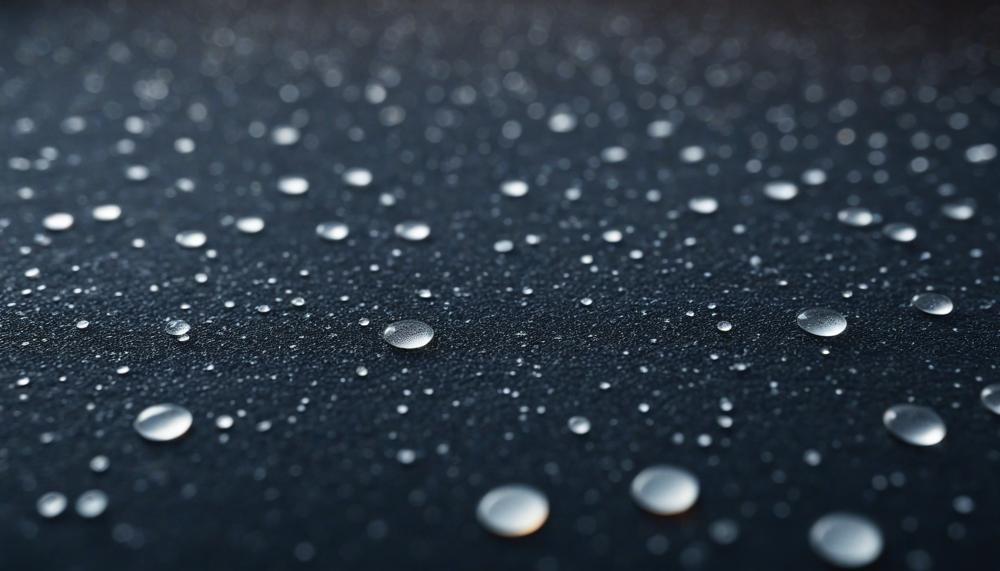
These tools ensure you can tackle glue dots on various surfaces without causing damage. For example, using a heat gun or hair dryer on walls or wood helps soften the adhesive, making it easy to scrape away.
For fabrics, an iron on low or medium heat works wonders, provided you use a barrier like a clean cloth or paper towel to protect the material.
How to Remove Glue Dots
There are several effective methods for removing glue dots from different surfaces, including using adhesive remover, heat guns or hair dryers, and rubbing alcohol. The type of surface being worked on will determine the most effective method, and having the right tools is crucial for a successful removal process.
| 1 | Adhesive Remover | Using adhesive remover dissolves the glue dot, making it easier to remove without leaving behind any residue. This method is particularly useful for delicate surfaces such as painted walls or glass items that can be easily damaged by scraping or heating. |
| 2 | Heat Gun/Hair Dryer | The heat from a heat gun or hair dryer softens the glue, making it easier to scrape off without leaving any residue. This method is best used for tougher surfaces like wood floors or skin, where adhesive remover may not be as effective. |
| 3 | Rubbing Alcohol | Rubbing alcohol can dissolve any remaining adhesive residue left behind after scraping off the glue dot. It is best applied with a cotton swab or sponge for precise application and gentle scrubbing of the residue. |
| 4 | Plastic Scraper/Credit Card | Plastic scrapers or credit cards are effective tools for removing glue dots without damaging the underlying surface. They are also affordable and readily available options. It’s important to be gentle and cautious when using these tools to avoid damaging the surface. |
Other tips for successful glue dot removal include being patient and gentle throughout the process. Rushing or using too much force can cause damage to the surface.
It is also not recommended to reuse glue dots as they may not adhere properly and can leave behind residue on surfaces.
Tips and Tricks
Some effective methods for removing glue dots from different surfaces include using adhesive remover, applying heat, using a flat razor blade, and using household items such as petroleum jelly or nail polish remover. For glass surfaces, varying the temperature by soaking with warm water can also help to soften the glue before scraping it off.
It is important to choose the right technique for the specific surface material to avoid damage. Having the right tools, such as adhesive remover and a plastic scraper or credit card, is crucial for successful removal.
After removing the glue dot, make sure to thoroughly clean the surface to prevent any leftover residue from causing future issues.
Conclusion
In conclusion, removing glue dots may seem like a daunting task, but with the right methods and tools, it can be done effectively.
By following the key takeaways and step-by-step instructions outlined in this guide, you can prevent damage to surfaces and avoid unsightly residue. It is crucial to use the right tools for each surface and to be patient and gentle throughout the removal process.
So, don’t let those pesky glue dots stand in your way – armed with the right knowledge and techniques, you can easily remove them without breaking the bank or causing any damage.

